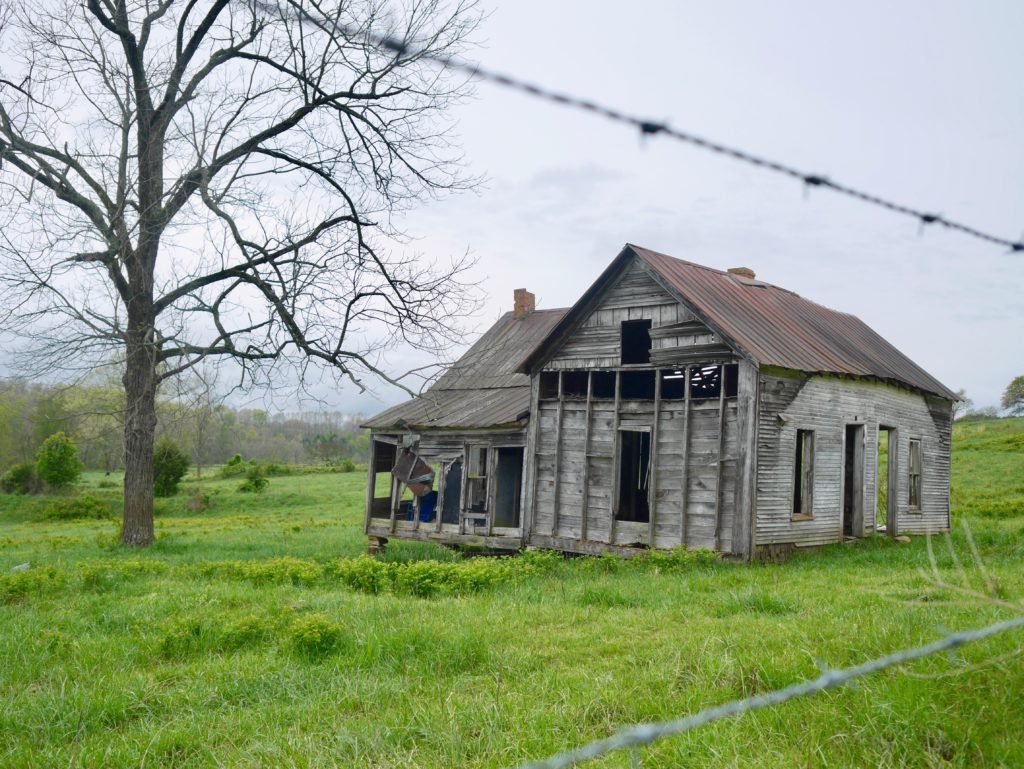
Corona- I departed Memphis toward West Memphis once again to find Corona, this time in southern Missouri’s green, quiet Ozarks region, A convoluted series of rural roadways led me to yet another back of beyond situated in Oregon County that straddles northern Arkansas.
Again, I found myself not on a sealed road, but on a wet, sandy one doused by a very recent rainstorm. There was very minimal in the means of public infrastructure here and ever the harbinger of technological metrics these days, there was little to zero mobile phone signal here. But my GPS still functioned off of the proper network much as it had in Syria when searching for a frontline in peasant country. It’s a strange feeling when Google Maps announces “You have arrived” in a place with no road signs much less a “Welcome to…” letting you know you’re in the right place.
I stopped to photograph a half collapsed barn which alerted a small dog with an outsized bark to my presence from behind a chicken wire fence. The mud sucked up into the gum waffle soles of my shoes. It looked like it might rain again.
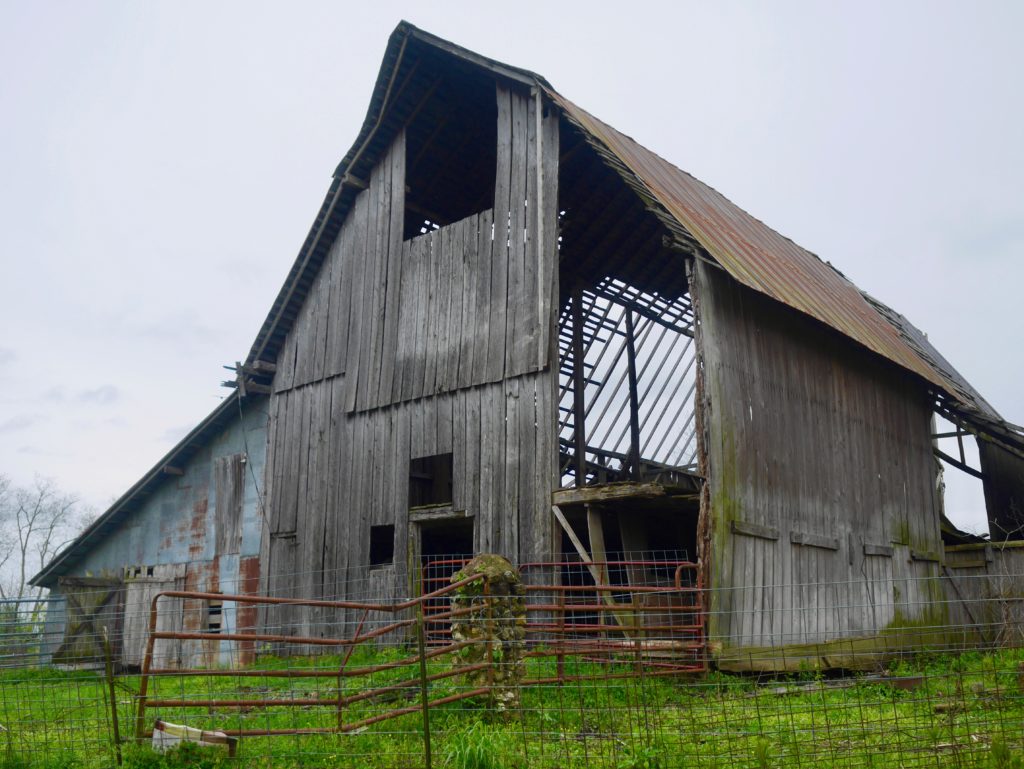
©2020 Derek Henry Flood
I noticed some curious steel structures protruding above the forest canopy and got back in the van to look for their origin points. In my rearview mirror a sport utility vehicle appeared to be gently following me though not with the macho verve of the Mustang Man. I pulled over looking for a reaction. And a reaction I got.
A window gently rolls down.
“Hi there. Are you lookin’ for somethin’?”
The barking dog earlier had aroused the suspicion of an older local woman who brought her elderly mother for back up.
“Oh I’m just doing some exploring on the way to visit my aunt and uncle up in St. Louis.” This was partly true. I was exploring and my aunt and uncle do reside in St. Louis. Though I wasn’t going to the state’s commercial capital.
“We don’t get many outsides in these parts and I saw you taking pictures of my barn.”
“Oh not to worry” I replied. “I’m just documenting some Americana.”
“You should go to the fire tower” she suggested. I wasn’t sure what she meant by fire tower but nodded that that sounded like a great idea for my photographic detour in the Ozarks. The idea of shooting a mostly intact structure would provide a contrast I supposed.
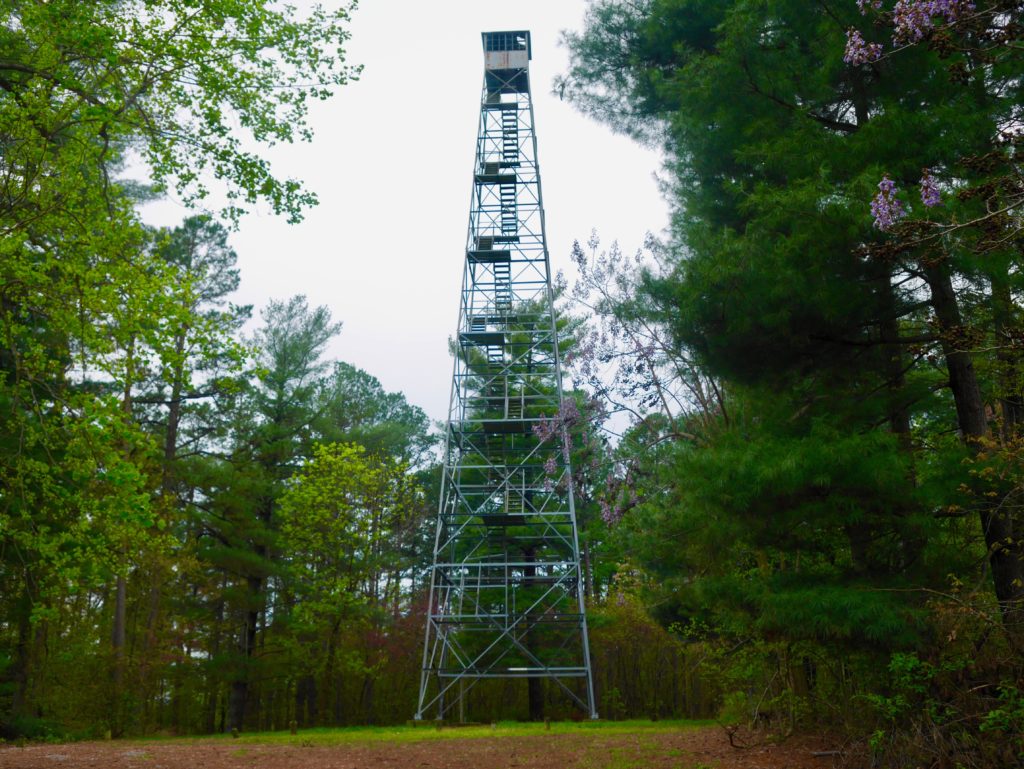
©2020 Derek Henry Flood
Tramping around the fire tower grounds also served to assuage the suspicion of the locals. I quickly learned that in very small places if you have an out of place looking vehicle with wildly out of state plates, the townsfolk will rise from their porches, get in their cars and follow you to ask you what you are doing on or near their land. And I enjoyed the sheer awkwardness of having justify my presence in such places. It reminded me of snooping around the wreckage of a war zone.
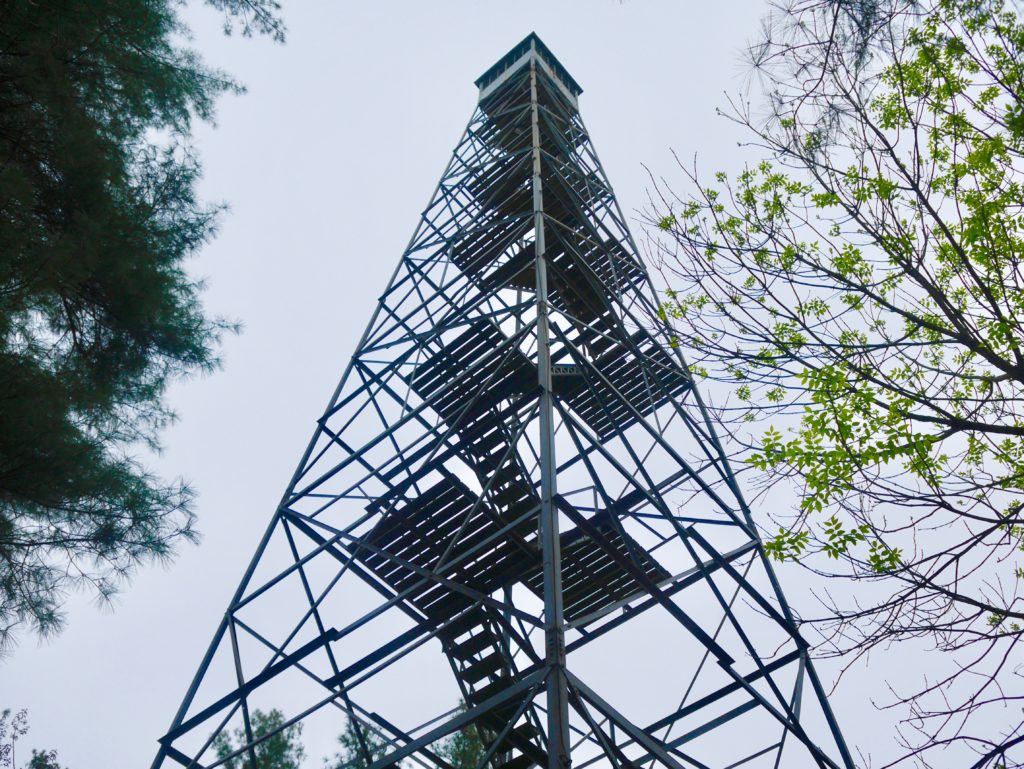
©2020 Derek Henry Flood
I stood in the forest on Corona’s outskirts realising I was more than halfway through my journey. The rolling hills of the Ozarks were dotted with cattle chewing their cud, collapsed houses, and lawn signs indicating these mostly poor communities were enthralled with the current populism that dictated voting against their own interests. But as I approached Corona, I got a wave from a smiling Amish couple who were walking in the road (there are few sidewalks here beyond Main Street) and even the women that followed me were ultimately very friendly despite my outward otherness.
It was as if the Coronavirus was an invented Blue State bogeyman in a place like this. People lived so far and few between that social distancing was already the norm. Whatever was happening on the coasts seemed barely relevant. Coastal elite ‘disruptors‘ in ‘fin-tech‘ could work remotely from home in urban towers of Babel as the pandemic raged but in Corona people had to tend to their farm. The pandemic highlighted the immense attitudinal urban-rural divide in terms of communal perception.
GOP strategists began referring to regions like this as ‘the real America’ about two decades ago. I supposed that implied that diverse cities that serve as the engines of commerce and thrive by way of massive waves of immigration are then ‘the fake America.’ This concept of two politically distinct entities: one backward, pious, conservative, hard working, pro-military, and the other effete, globalised, moneyed, entitled and secular has helped to fragment this country in way in which is may never recover. Or at least not in the near term. These caricatures of American identity have seemingly become ever more real.
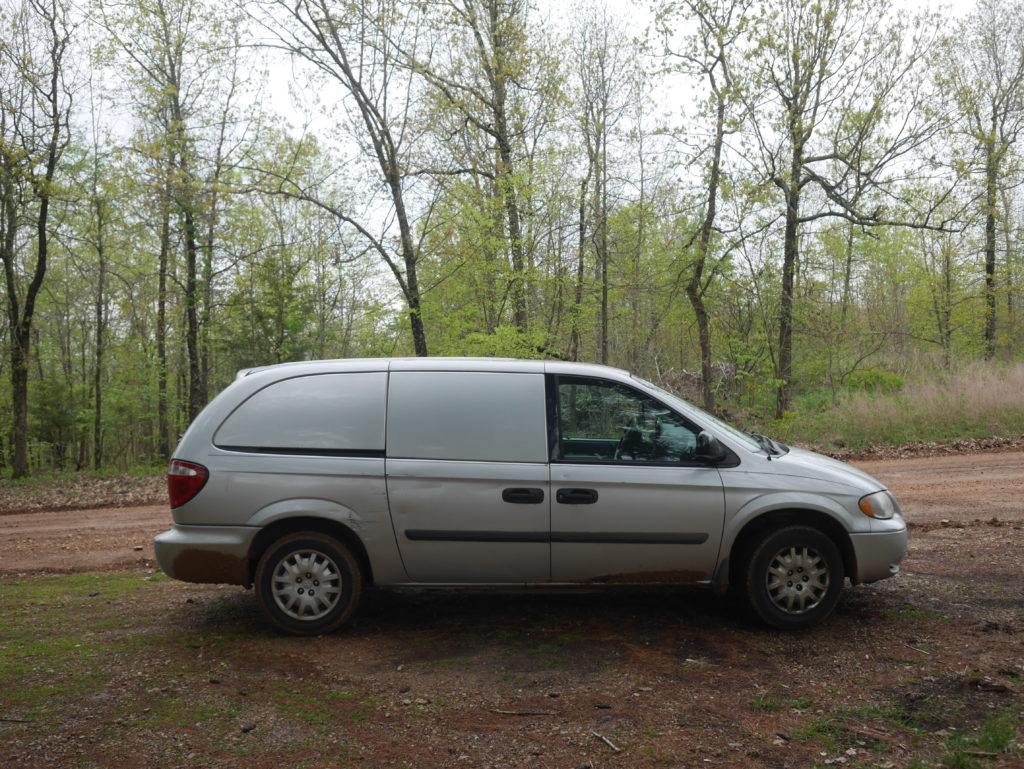
I wanted to get back onto paved roads before dark and head further west to Joplin.